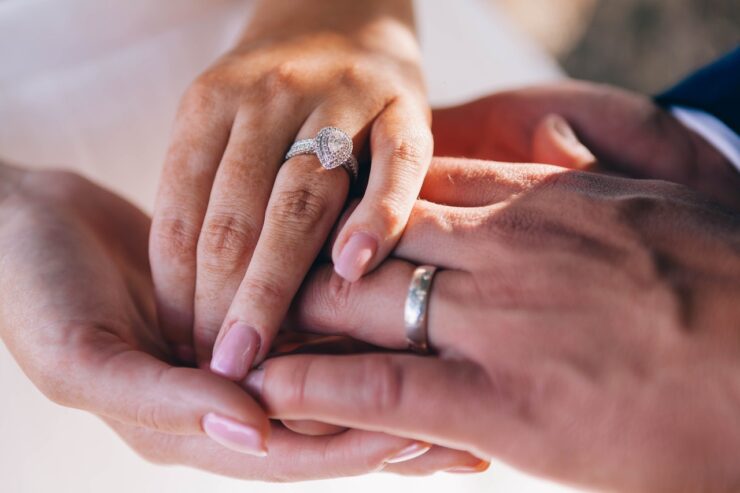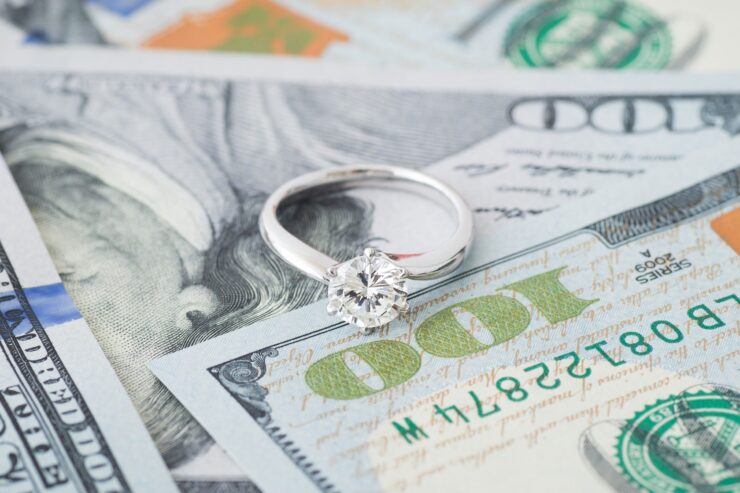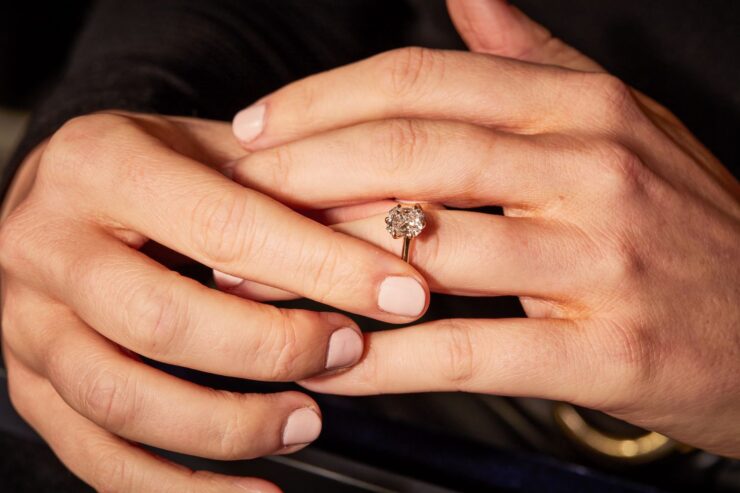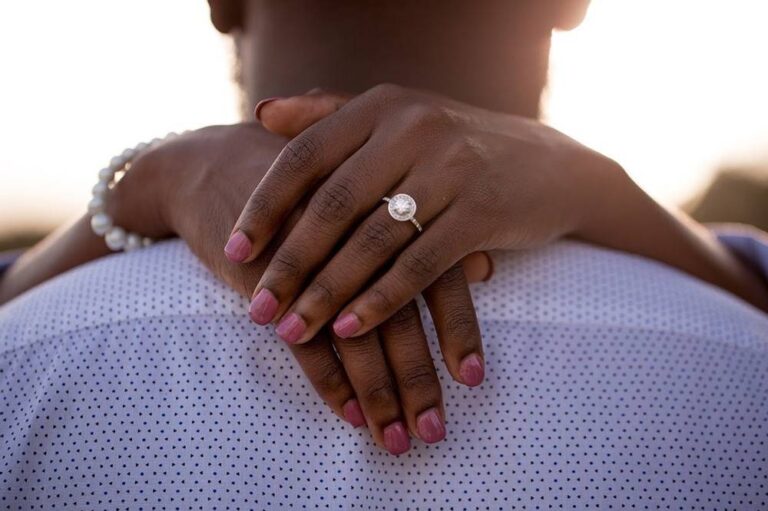Investing in love is a time-honored tradition, and for many, this investment takes the form of purchasing an engagement ring. The engagement ring is seen as a symbol of commitment, love, and affluence, which marks the transition from a relationship to a lifetime partnership. This crucial piece of jewelry comes in various styles, designs, and price ranges, making it challenging for buyers to decide on the appropriate amount to spend. In this article, we delve into examining engagement ring budgets, shedding light on trends, guidelines, and considerations to help you make an informed decision.
Historical Background

Engagement rings have a long and rich history dating back centuries. They symbolize the promise of marriage, showcasing not just personal style and preference, but also socioeconomic status. Historically, the value of the ring reflected the wealth and status of the giver, a notion that is still somewhat relevant today.
The “Three Months’ Salary” Rule
Origin
One of the most common guidelines you may have heard is the “three months’ salary” rule. This idea was popularized by a marketing campaign by De Beers in the mid-20th century, suggesting that an appropriate budget for an engagement ring is equivalent to three months of the buyer’s salary.
Pros and Cons
While following this rule might provide a straightforward answer to the budget question, it does not take into account individual financial situations and priorities. It is essential to consider your personal economic context, other financial obligations, and long-term goals. A budget should be realistic, reasonable, and in line with your financial capacity and priorities.
Setting a Budget

Evaluate Your Finances
Before setting a budget for an engagement ring, evaluate your finances comprehensively. Analyze your income, expenses, savings, and debts. Consider upcoming financial commitments and ensure you have an emergency fund.
Financial Planning
Financial planning is crucial in this process. Sit down and outline your short and long-term financial goals. Understand that an engagement ring is a significant investment, but it should not derail your financial stability or future goals, such as buying a home or planning for retirement.
Seeking Professional Advice
You may also consider seeking advice from a financial advisor. A professional can provide insights into your financial health and help you establish a realistic budget for your engagement ring, ensuring it aligns with your financial goals and obligations.
Choosing the Ring

Understanding the Four C’s
When selecting an engagement ring, understand the Four C’s: Cut, Color, Clarity, and Carat. These factors influence the quality and cost of the ring. Spend time researching and educating yourself on these aspects to make an informed decision.
Prioritizing Aspects
Decide what aspects are most important to you and your partner. Some may prioritize the size of the diamond (Carat), while others may prioritize the quality (Clarity and Color) or the style of the cut. Balance these preferences with your budget constraints.
Alternatives to Traditional Rings

Different Gemstones
In contemporary times, many couples are opting for alternatives to the traditional diamond engagement ring. Consider different gemstones like sapphires, rubies, or emeralds, which can be less expensive and equally beautiful.
Ethical Considerations
Others are prioritizing ethical considerations, choosing lab-grown diamonds or other ethically sourced gemstones that minimize environmental and social harm.
Conclusion
In conclusion, investing in an engagement ring is a personal and significant decision. It is essential to balance the desire to showcase love and commitment with financial responsibility and pragmatism. Establish a realistic budget that aligns with your financial situation and goals. Take the time to understand different aspects influencing the cost and quality of rings, and explore alternative options aligning with your values and preferences. Remember, the ultimate goal is to celebrate your love and commitment, which goes beyond the monetary value of an engagement ring.

